Optimizing Efficiency of New System
jocoman
14 years ago
Related Stories
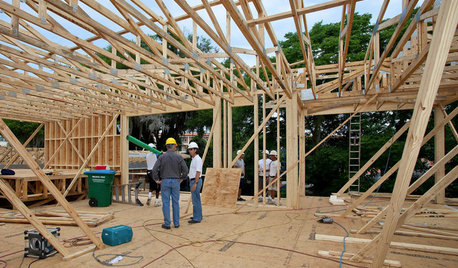
REMODELING GUIDESHome Building: The Case for Cautious Optimism
Ben Bernanke's speech at the 2012 International Builders Show: Gray clouds and silver lining
Full Story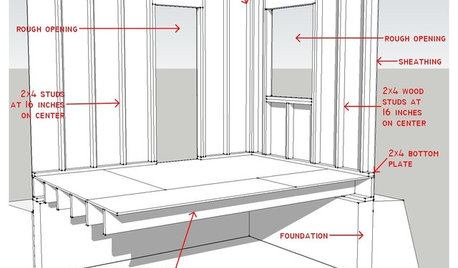
REMODELING GUIDESKnow Your House: Components of Efficient Walls
Learn about studs, rough openings and more in traditional platform-frame exterior walls
Full Story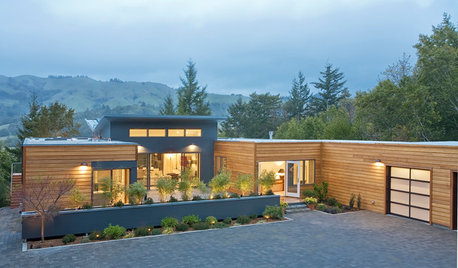
GREEN BUILDINGEfficient Architecture Suggests a New Future for Design
Homes that pay attention to efficient construction, square footage and finishes are paving the way for fresh aesthetic potential
Full Story
LIGHTINGThe Lowdown on High-Efficiency LED Lighting
Learn about LED tapes, ropes, pucks and more to create a flexible and energy-efficient lighting design that looks great
Full Story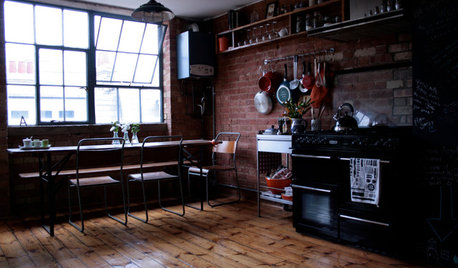
HOUZZ TOURSHouzz Tour: Warehouse Conversion in East London Sees Full Potential
Functional spaces, an open floor plan and optimized storage units transform this warehouse into an efficient small home
Full Story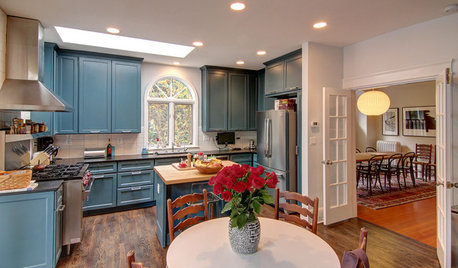
KITCHEN DESIGNOptimal Space Planning for Universal Design in the Kitchen
Let everyone in on the cooking act with an accessible kitchen layout and features that fit all ages and abilities
Full Story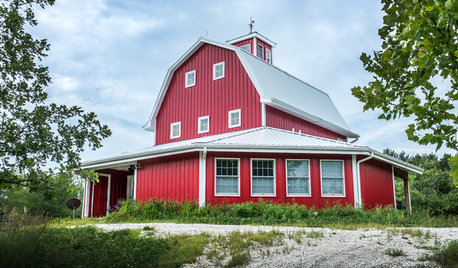
BARN HOMESHouzz Tour: An Energy-Efficient Barn Graces the Nebraska Landscape
Passive-house technologies and a rain-harvesting and greywater system conserve natural resources in this weekend country home
Full Story
HOUSEKEEPING5 Steps to Improve Your Heating System Now
Increase your heater's efficiency and safety for lower energy bills and greater peace of mind this winter
Full Story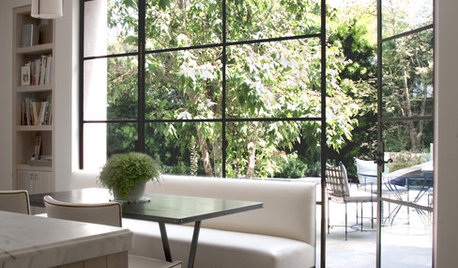
REMODELING GUIDESEnergy-Efficient Windows: Decipher the Ratings
To choose the right energy-efficient windows for your home, first you need to know what the labels mean
Full Story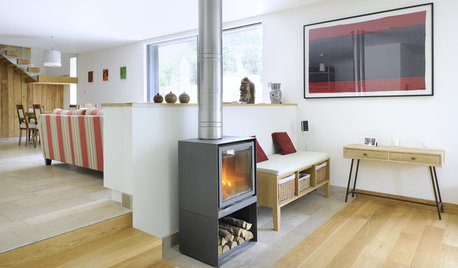
GREEN BUILDINGHouzz Tour: Efficiency Comes Into Play in the English Countryside
This light and airy family home in Hampshire was constructed using local materials and is packed with eco-friendly features
Full Story




tigerdunes
jocomanOriginal Author
Related Discussions
Planting new tree in old tree spot - optimizing success
Q
Comments On the New Hi Efficiency Toilets-1.28 Flush Systems
Q
New Carrier Infinity System - High Efficiency
Q
Can a 21-Year-Old System Be as Efficient as it Gets?
Q
tigerdunes
jocomanOriginal Author
tigerdunes
jocomanOriginal Author
tigerdunes
jocomanOriginal Author
tigerdunes
jocomanOriginal Author
tigerdunes
jocomanOriginal Author
tigerdunes
jocomanOriginal Author
tigerdunes
jocomanOriginal Author
tigerdunes
jocomanOriginal Author
tigerdunes
neohioheatpump